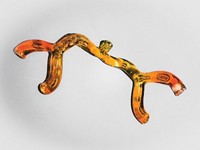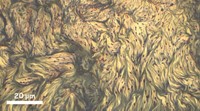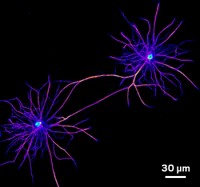Advertisement
Grab your lab coat. Let's get started
Welcome!
Welcome!
Create an account below to get 6 C&EN articles per month, receive newsletters and more - all free.
It seems this is your first time logging in online. Please enter the following information to continue.
As an ACS member you automatically get access to this site. All we need is few more details to create your reading experience.
Not you? Sign in with a different account.
Not you? Sign in with a different account.
ERROR 1
ERROR 1
ERROR 2
ERROR 2
ERROR 2
ERROR 2
ERROR 2
Password and Confirm password must match.
If you have an ACS member number, please enter it here so we can link this account to your membership. (optional)
ERROR 2
ACS values your privacy. By submitting your information, you are gaining access to C&EN and subscribing to our weekly newsletter. We use the information you provide to make your reading experience better, and we will never sell your data to third party members.
Personalized Medicine
Chemistry In Pictures
Chemistry in Pictures: Identifying clots
by Craig Bettenhausen
June 9, 2022


Strokes are terrifying. One minute you’re walking around fine, the next minute some part of your brain is asphyxiating because a microscopic blood clot is lodged in a blood vessel. Every second counts in minimizing the damage, so doctors need to know where the clot is and what type it is as quickly as possible. Computed tomography (CT) scans are the workhorse imaging tool in the hospital, but they offer limited detail. Research-grade imaging techniques such as micro-computed tomography (the nose-shaped image on a black background) and scanning electron microscopy (the image with red blobs and a blue mesh) can reveal almost everything about a clot (colors were added digitally to distinguish tissue types), but they only work on samples that have been taken out of the body and prepared—by then the images are of no use to the patient or doctor. To get around this dichotomy, researchers at EMPA are assembling a large bank of data from clinical and laboratory instruments, and then developing machine learning algorithms to correlate clot-type information between the methods. It’s early days for the effort, but the team hopes the work will eventually help doctors pick the right interventions for stroke cases by telling them exactly what types of clots they’re dealing with.
Credit: Sci. Rep. 2022, DOI: 10.1038/s41598-022-06623-8
Do science. Take pictures. Win money. Enter our photo contest here.





Join the conversation
Contact the reporter
Submit a Letter to the Editor for publication
Engage with us on Twitter